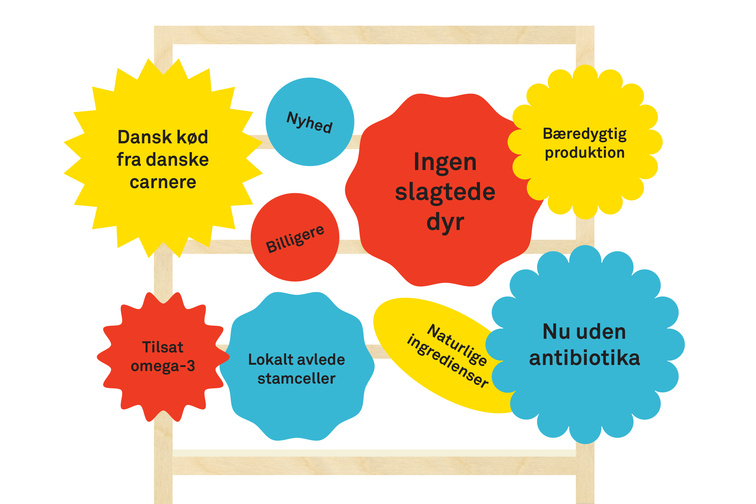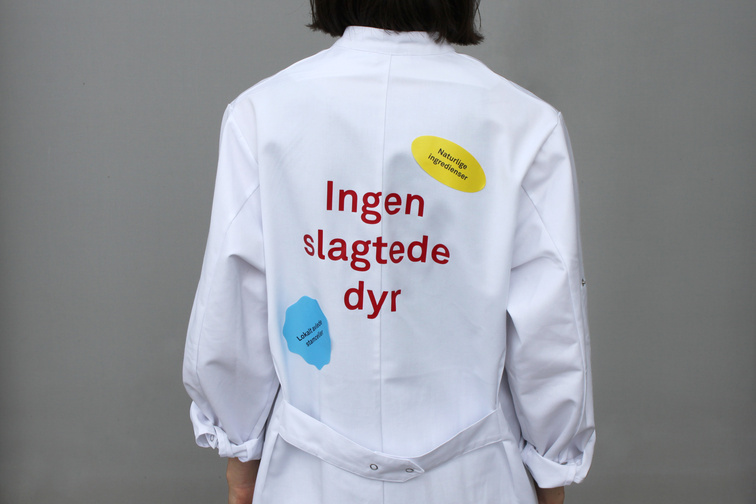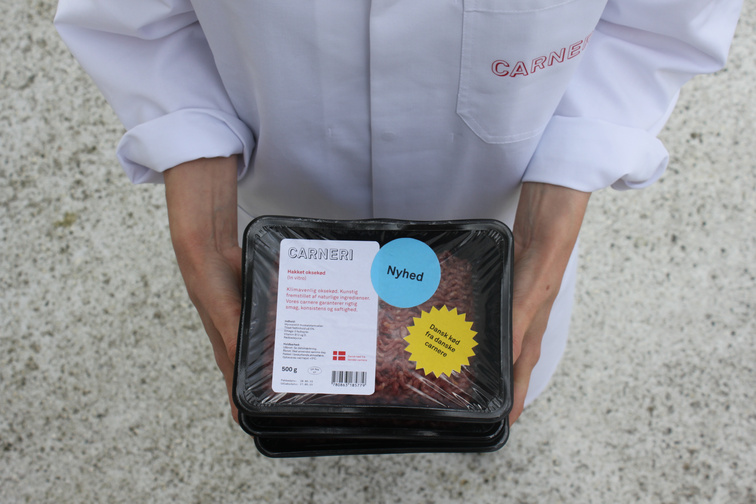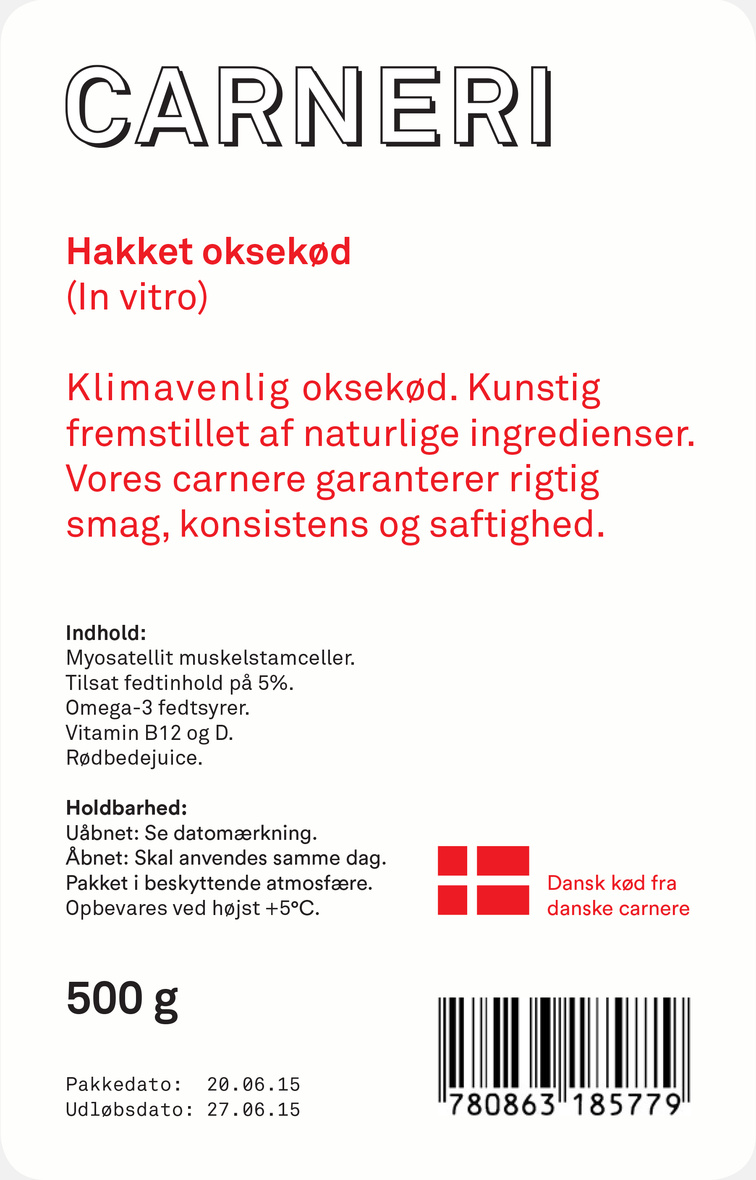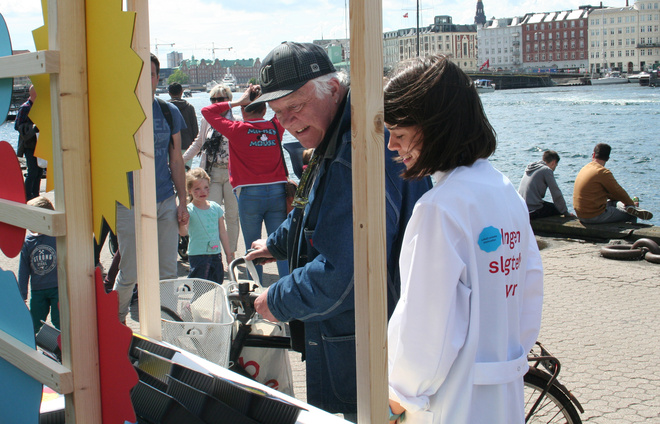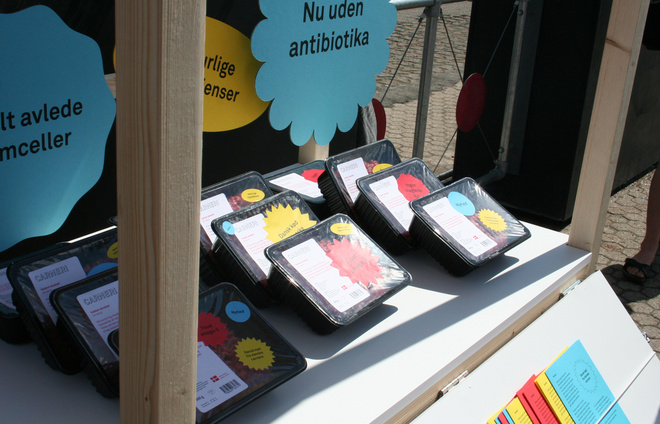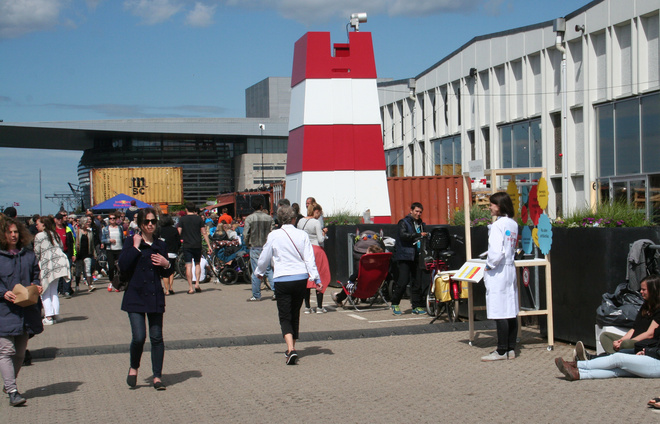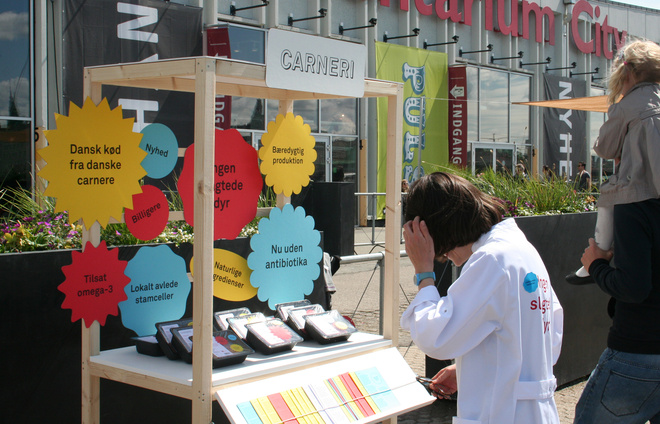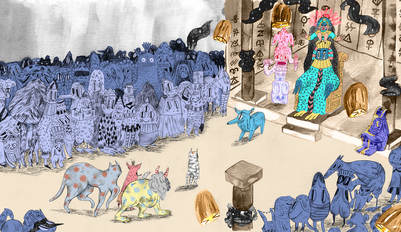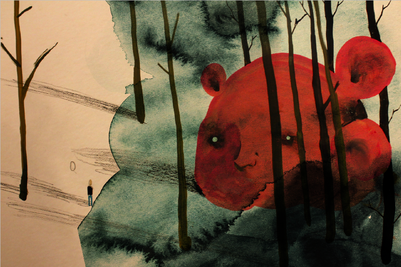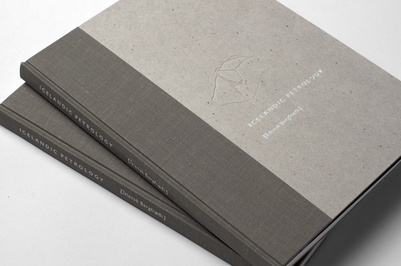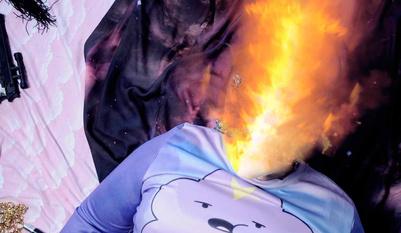Imagining Food in the Future
This project began from an interest in culinary culture, and specifically focuses on the dominance of meat in western diets. As society we've recognized this to be an unsustainable practice, but struggle to cope with the idea of alternative production methods, such as artificially grown meat.
Mark Post, the scientist behind the first artificially grown burger, speculates that within the next decade we will see commercial production of meat grown from stem cells (in vitro), rather than reared and slaughtered.
I was curious to explore what role artificially grown meat might take on in society, and how we will interact with this new type of meat in the future. The goal throughout has been to visually translate and communicate research and speculations about this. Using design to make fragments of this possible future more tangible, doing so with the aim of creating dialogue, and hopefully challenge values, beliefs and attitudes towards this thriving technology.
Carnery
Etymology: formed as carne (Latin for flesh) + suffix -ery
A factory where artificially grown meats are manufactured.
Resembles the words bakery and brewery, where similar kind of production takes place.
'Carneri' illustrates how the production of meat might evolve through time. The project speculates that, in the future, 'carneries' will be responsible for facilitating meat culture while also becoming the primary venue of production.
To represent this factory today, it participated in a food market to engage locals in conversations about this possible future. The performance took place at Papirøen.
